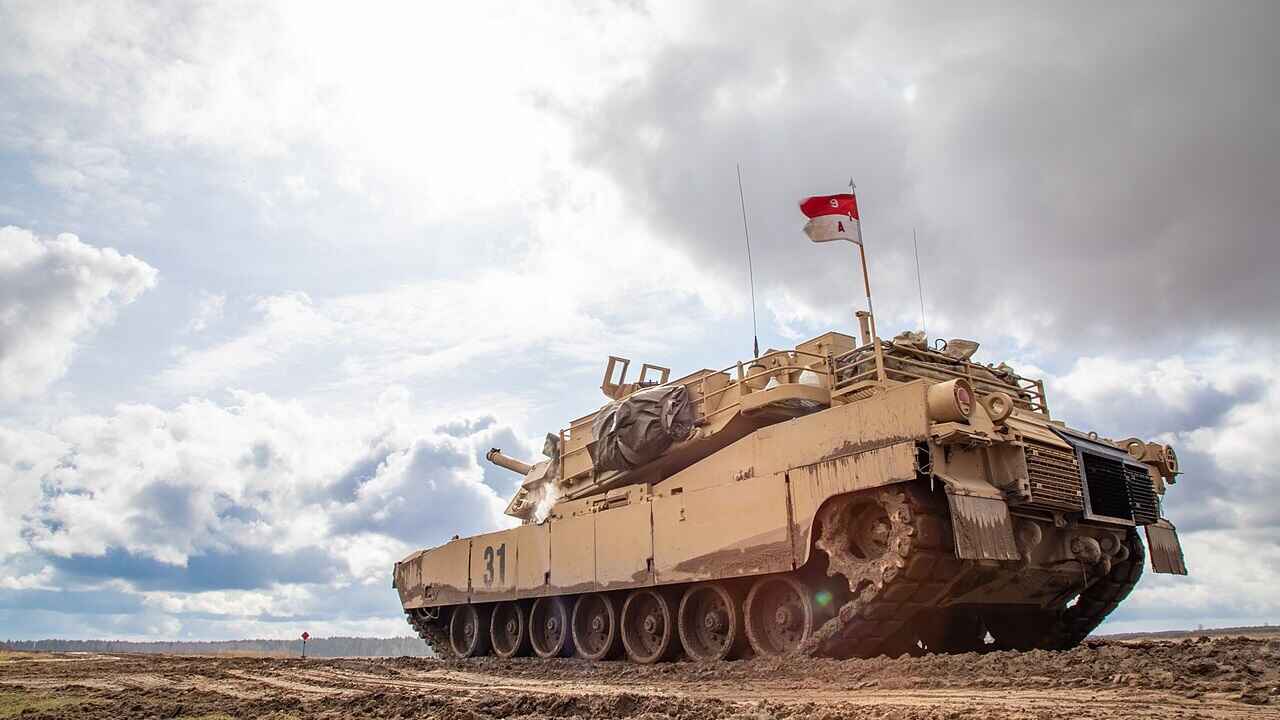The proportion of NATO nations meeting the two percent benchmark has skyrocketed since 2022. Today, some members are aiming even higher.
As the threat of war coming out of Russia and China continues to increase, there is an increased push to have NATO countries spend more on their defense.
There are currently discussions to raise the transatlantic alliance’s annual defense spending threshold to five percent, up from the current two percent.
NATO is Spending More on Defense
There has been an increased pressure to move the transatlantic alliance beyond the yearly two percent defense spending mark. On Monday, for example, NATO Secretary General Mark Rutte urged member states to reconsider the current definition and expand it.
“We know that the goal of two percent, set a decade ago, will not be enough to meet the challenges of tomorrow,” Rutte said. “That means we need to spend more on our defense now.”
Since the early 1950s, NATO has in place a common definition for defense expenditure. The member states regularly review the definition—the last review took place last year—to ensure that the definition remains modern and applicable to the operational realities.
President Donald Trump has also been urging NATO member states to increase their military expenditure to meet the modern threats coming out of Russia and China. Lithuania and Estonia have reportedly agreed to meet a new five percent threshold.
In 2014, the member states jointly agreed to commit two percent of their national gross domestic product (GDP) to defense spending. However, in the 11 years since the agreement, few countries have met that spending every year.
What is most concerning is that for several years, only a few countries met the threshold. For example, in 2014, only three countries spent two percent of their GDP on defense spending. In 2015 and 2016, this increased to five countries, but dropped to four in 2017. More recently, the situation has been better: nine countries met the threshold in 2020, and following Russia’s invasion of Ukraine, there was a skyrocketing increase, with 23 countries meeting their obligations. Indeed, some heavy hitters within NATO have chosen to spend far more than two percent of their GDP on defense every year—notably Poland and the United States, and to a lesser extent Greece, Estonia, and Latvia.
In 2023, the top five spenders for the year were the United States ($875 billion), the United Kingdom ($80 billion), Germany ($70 billion), France ($57 billion), and Italy ($32 billion).
American Cornerstone
Although the transatlantic alliance is composed of 32 member states, the United States remains the cornerstone of NATO. U.S. defense spending makes up approximately two-thirds of NATO’s total spending. For example, in 2024, NATO members spent a combined $1,185 trillion (based on 2015 prices and exchange rates) on their defense, but the U.S. contribution to that number alone was approximately $755 billion.
Although the U.S. military is by far the most capable in NATO, the transatlantic alliance is designed to work together, helping to ease the burdens on Washington in the event of an Atlantic conflict. The United States was also the beneficiary of the only invocation of Article 5 in NATO’s history following the September 11 terrorist attacks, and NATO countries ultimately deployed thousands of troops to support America’s mission in Afghanistan.
About the Author: Stavros Atlamazoglou
Stavros Atlamazoglou is a seasoned defense journalist specializing in special operations and a Hellenic Army veteran (national service with the 575th Marine Battalion and Army HQ). He holds a BA from the Johns Hopkins University and an MA from the Johns Hopkins’ School of Advanced International Studies (SAIS). His work has been featured in Business Insider, Sandboxx, and SOFREP.
Image: Wikimedia Commons.
